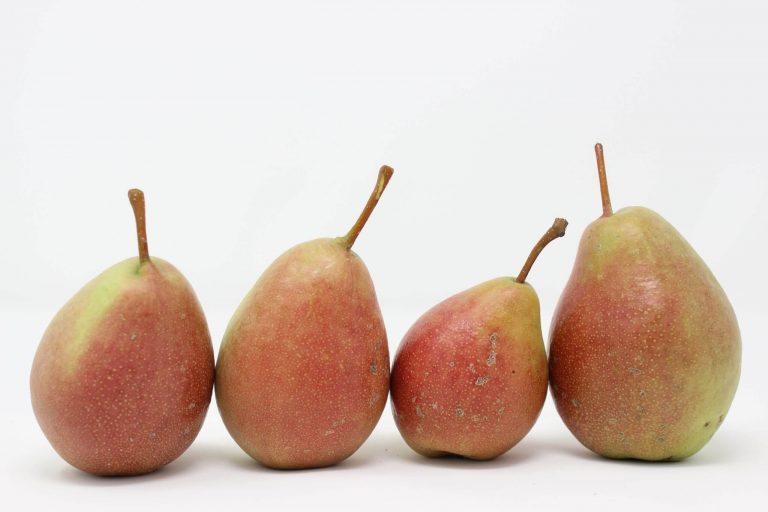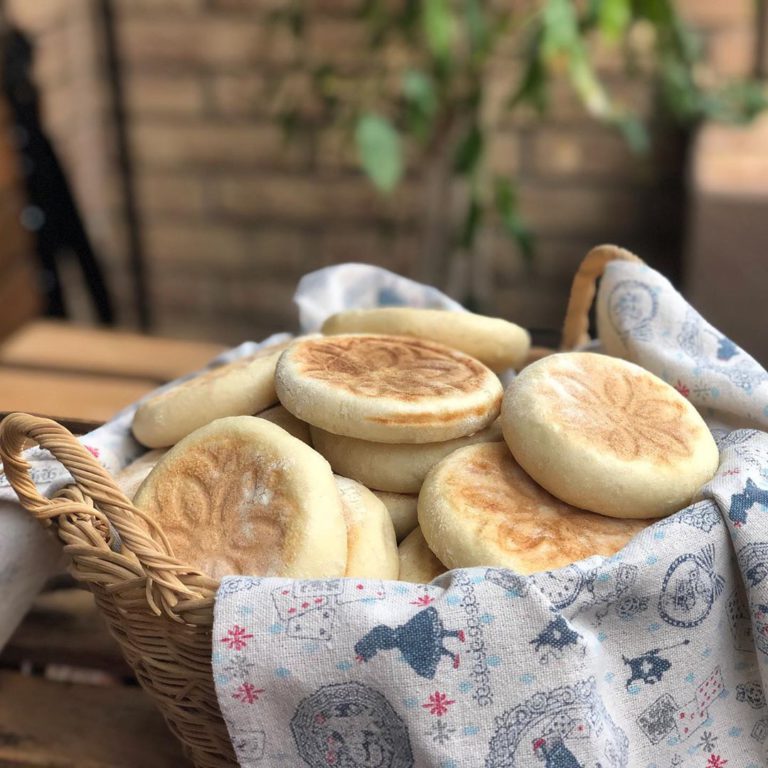«The bread, indeed the national food of the people of Romagna»
Giovanni Pascoli
The Piadina Romagnola Bread, or Piada, of which Piadina was originally the diminutive, is a food product made from a sheet of wheat flour, lard or olive oil, bicarbonate of soda or yeast, salt, and water, which was traditionally cooked on a terracotta plate, called “teglia” (teggia in the Romagna dialect), on metal plates, or on refractory stone slabs called texts (tëst in dialect).
But what exactly does Piadina mean? The term Piada (locally piê, pièda, pìda) probably derives from the Greek “pláthanon”, a long pan, which reached the Italian peninsula through the Byzantine Empire.
Mentioned by the Italian poets Giovanni Pascoli and Marino Moretti as a typical dish of Romagna, piadina has been the protagonist of songs by the famous singer-songwriter Raoul Casadei and has been one of the pillars of Romagna’s gastronomic culture for centuries.

Back to the origins of Piadina
Described as “unleavened bread”, baked on red-hot plates as early as 1200 BC, it was probably the Etruscans who taught the local Italian population how to cook cereals, influencing even the first Roman gastronomy.
In the 4th century B.C., when the cultivation of wheat replaced other cereals and the first leavened bread appeared, the preparation of focaccia and piade was greatly reduced, but the preparation of unleavened piade remained one of the favourite foods of the Romans, an essential element both in the banquets of the wealthy and in religious ceremonies, as well as a good food to take on journeys.
With the fall of the Roman Empire and the arrival of the barbarian invasions, many of the eating habits of the people of the peninsula were changed without being completely overturned. In fact, the cultivation of cereals was a fundamental element of the agricultural production of large masses of people, as well as the production of bread.

Thus, in the years of the plague, around 1300, the peasant class no longer had the economic means to eat leavened bread and returned to the consumption of polenta, barley flour and unleavened cakes made with a mixture of less valuable cereals, dried legumes and acorns.
The first known historical document that mentions “piade” dates back to 1371; in fact, the term is found in the description of Romagna written by Cardinal Angelico, where among the tribute that the city of Modigliana had to pay to the Apostolic Chamber, 2 “piade” are mentioned.

With the arrival of the Renaissance, the courts, the lordships and the culinary art necessary to delight the palates of the great noble banquets flourished. This was the period that saw the birth of great chefs such as Christopher of Messisbugo, who would make the cuisine of the Este family in Ferrara famous, and which, together with the spread of wheat farming and bread sourdough, would for centuries relegate the preparation of piada to times of famine and to the poorer classes.
It was only at the beginning of the 20th century that piada experienced a great revival, thanks above all to corn flour, which, mixed with soft wheat flour, made it possible to obtain excellent results at low cost.
Girls from the age of five or six learned to make the dough and cook the fragrant piadine, stuffed with the traditional home-made salami, grilled sausage, boiled cabbage seasoned with oil, garlic and rosemary.
Having become a popular food, piadina, together with other Romagna specialities, began to conquer the tourists who came to Romagna in the 40’s and 50’s, and the first kiosks began to appear along the roads leading to the sea and the seaside villages.
It was during this period that the piada became known all over Italy and was finally identified with the land of Romagna and with the holiday season.
Piadina In Our Time
In these days of widespread diffusion and production of piadina, in Romagna there are very few families that still make it at home, according to the traditional recipe.
However, it is easy to find artisan kiosks along the roads of Romagna where piadina is still made and served by hand, as in the past, and many locals prefer to buy it there and fill it at home.
Furthermore, depending on where you are, you may be served thicker piadina (northern Romagna) or thinner piadina (Rimini area) and the ingredients suggested for the filling may be slightly different.

Thanks to its simple, quick and popular character, piadina is today one of the most used and appreciated foods in Romagna, and the simple mention of its name brings to mind images of the beaches of Rimini and summer evenings spent by the sea.
But piada, because it is a food that needs to be composed, has increasingly entered the “starred cuisine” of great chefs who, over time, have proposed unusual and different combinations, even if always starting from the products of Romagna’s gastronomy and local.
In short, a simple and millenary preparation, made with simple and popular ingredients, which has conquered everyone over the centuries and which, thanks to its versatility and goodness, is now one of the most famous and appreciated Romagna dishes in the world.
The Recipe of Piadina
The recipe we propose here is the one preserved and handed down by the Consortium that protects the Piadina Romagnola and its recognition as a PGI product.
Ingredients (dose for 6 piadinas)
- 500 grams of 00 flour
- 70 grams of lard or 90 grams of evo oil
- 250 grams of water
- salt to taste
- a pinch of bicarbonate of soda (optional)
Preparation
Pour the flour onto a pastry board, add the salt (and possibly the bicarbonate of soda) and mix well.
Make a hole in the middle of the flour with your hands and add the lard (or oil), first melting it with a little water with a fork; gradually add the rest of the water and begin to incorporate the flour a little at a time, mixing with your hands. Knead well for about 10 minutes.
Divide the dough into 6 equal parts, each weighing about 130 grams, shape into balls and cover with cling film. Leave to rest for at least 30 minutes.
Then take the balls and roll them out thinly on a pastry board with the help of a rolling pin, using a little flour to prevent them from sticking. Heat a non-stick pan or frying pan and cook each piadina for a few minutes on both sides until they are puffed and golden brown.
Paired Wine
Red, Sangiovese di Romagna DOC
Author

Walter Manni
Explorer and Adventurer: loves sailing the oceans, climbing the highest mountains and surfing on the waves of the web
You may also like
5 food experiences not to be missed in Emilia Romagna
by Elisa Mazzini /// September 6, 2016
Emilia-Romagna PDOs and PGIs: a journey through Italy’s Food Valley
by Walter Manni /// January 16, 2024

Interested in our newsletter?
Every first of the month, an email (in Italian) with selected contents and upcoming events.
History and recipe of the traditional Erbazzone of Reggio Emilia
by Elisa Mazzini /// April 8, 2024







TUAN MUDA KONTOL
But wanna say that this is very helpful, Thanks for taking your time to
write this.